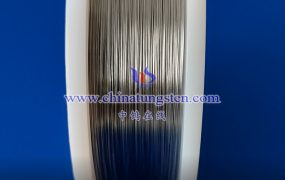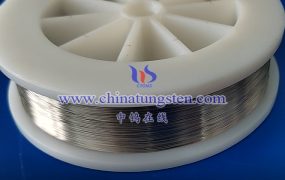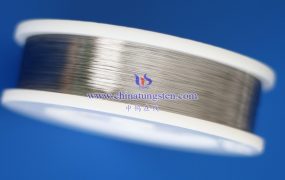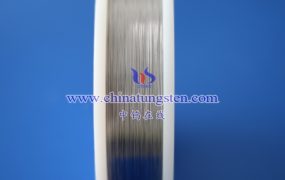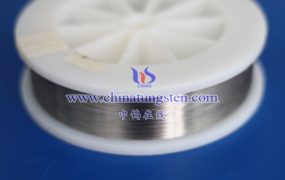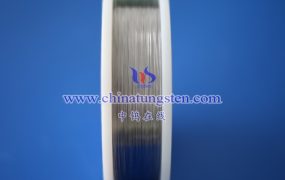The manufacturing process of tungsten zirconium probes is a complex and delicate process involving multiple links and key control points. The following is a detailed introduction to the manufacturing process of tungsten zirconium probes, including raw material selection, smelting, rolling, drawing, heat treatment, surface treatment and other links.
1. Raw material selection
The raw materials of tungsten zirconium probes mainly include two metals: tungsten and zirconium. Tungsten is a metal with high melting point, high strength and good corrosion resistance, and is the main component for manufacturing tungsten zirconium probes. Zirconium is also a metal with high melting point, high strength and good corrosion resistance, which is used to improve the processing performance and wear resistance of tungsten zirconium probes.
When selecting raw materials, factors such as metal purity, particle size distribution, and impurity content need to be considered. Generally speaking, the higher the purity, the more uniform the particle size distribution, and the lower the impurity content of the raw materials, the better the performance of the manufactured tungsten zirconium probes.
2. Melting
Melting is one of the key links in the manufacturing process of tungsten zirconium probes. In this process, tungsten and zirconium metals are mixed in a certain proportion, and appropriate amounts of alloying elements such as nickel and chromium are added to improve the mechanical properties and corrosion resistance of the tungsten-zirconium probe.
The smelting process needs to be carried out in a high vacuum environment to prevent metal oxidation and impurities from mixing. At the same time, the smelting temperature and time need to be precisely controlled to ensure that the metals are evenly mixed and the composition is stable.
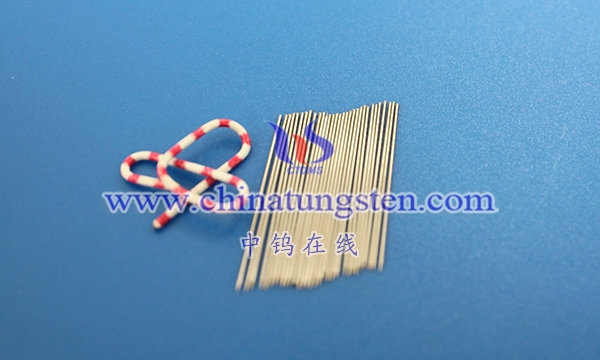
3. Rolling
Rolling is to make the smelted tungsten-zirconium alloy material into a billet of a certain shape and size. This process requires multiple rolling at high temperatures to gradually reduce the thickness and width of the billet and improve its mechanical properties.
During the rolling process, the rolling pressure, temperature and speed need to be controlled to ensure the shape and size accuracy of the billet and avoid defects such as cracks. At the same time, the billet needs to be surface treated to remove impurities and oxides.
4. Drawing
Drawing is to draw the rolled billet into a slender bar or wire. This process needs to be carried out in multiple passes to gradually reduce the diameter of the bar or wire and improve its mechanical properties.
During the drawing process, it is necessary to control parameters such as drawing force, drawing speed and die diameter to ensure the shape and dimensional accuracy of the rod or wire and avoid defects such as cracks. At the same time, the rod or wire needs to be surface treated to remove impurities and oxides.
5. Heat treatment
Heat treatment is another key link in the manufacturing process of tungsten zirconium probes. The purpose of heat treatment is to improve the mechanical properties, corrosion resistance and wear resistance of the material.
The heat treatment process includes three stages: heating, insulation and cooling. In the heating stage, the heating rate and temperature need to be controlled to avoid oxidation and burning of the material. In the insulation stage, the insulation time and temperature need to be controlled so that the material can fully complete the phase change process and grain growth. In the cooling stage, the cooling rate and temperature need to be controlled to avoid cracks and deformation of the material.
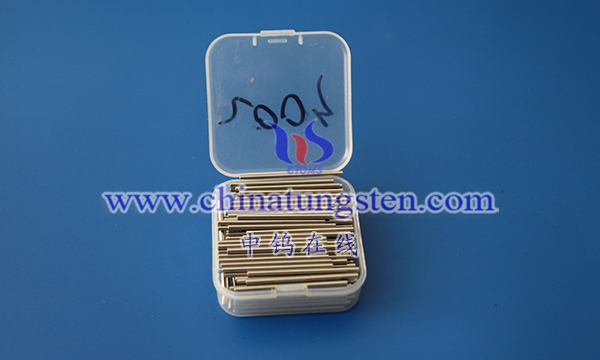
6. Surface treatment
Surface treatment is the last link in the manufacturing process of tungsten zirconium probes. The purpose of surface treatment is to improve the corrosion resistance and wear resistance of the probe and improve its appearance quality.
Surface treatment methods include shot peening, grinding, polishing, etc. Shot peening can increase the roughness of the probe surface and improve its corrosion resistance; grinding can remove oxides and impurities on the probe surface and improve its surface finish; polishing can further reduce the roughness of the probe surface and improve its appearance quality.
In short, the manufacturing process of tungsten zirconium probes is a complex and delicate process involving multiple links and key control points. Each link requires precise control of process parameters and operating methods to ensure that the quality and performance of the final product meet the requirements.
More details of tungsten needles, please visit website: http://tungsten.com.cn/tungsten-needles-and-pins.html
Please contact CHINATUNGSTEN for inquiry and order of tungsten needles:
Email: sales@chinatungsten.com
Tel.: +86 592 5129595
